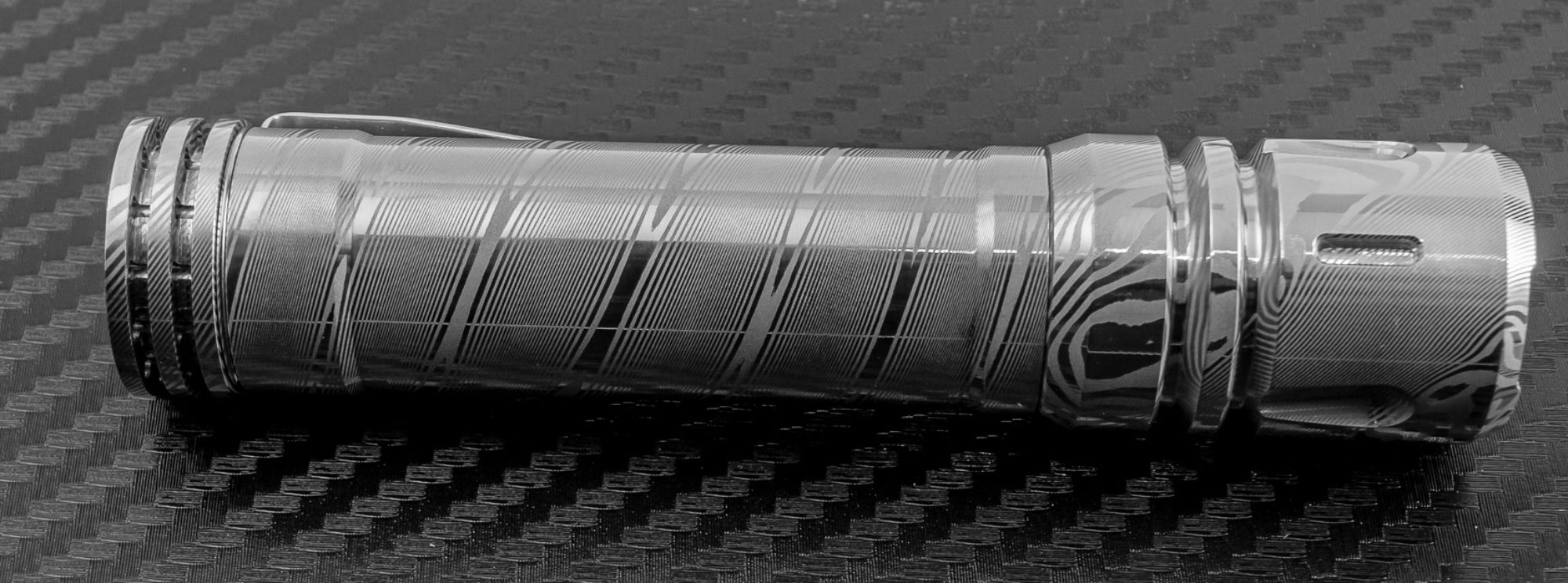I recently started to blog for Hijinks Inc a local technology & gadget blog. I am excited to start doing this and have several ideas of stuff to write on focusing on photograph & computer security. I hope this gives me a good reason to produce new content as well. I will be reposting articles with the permission of Hijinks Inc. Be sure to follow them on Twitter at @HijinksInc
Originially published on August 4, 2010 at Hijinks Inc
With the launch of Starcraft 2 on July 27th, 2010 people were excited to get their hands on this long awaited game. Development of the game started in 2003 and had been delayed or postponed several times due to other games Blizzard was producing at the time.
Since the launch minor issues have been growing, and today Blizzard Confirms an overheating issue. However, this story has been spun by the technology community even to the point where Slashdot picked up on it. It has been given menacing sounding titles such as “Is Starcraft II bad for your graphics card?” by ZDnet and “Is Starcraft II Killing Graphics Cards” by Slashdot. A much more appropriate title to the actual problem is one given by OverClockersClub “Starcraft 2 causing some GPU’s to Overheat”The problem is that during some of the in-between mission screens, cut screens and menu screens are not frame capped like the actual game play is. This causes the GPU to render these screens as fast as possible. Since these screens are simple and, for the most part, static, the computer has an easy time and is able to render these very quickly causing the GPU to heat up. This increased heat and power consumption exposes flaws in Starcraft II players’ computers, causing crashes, reboots, and even some claimed GPU failures.
Now, is this Blizzard’s fault? No, it’s really not. Gamers should expect games to tax their computers; this means heat. Blizzard and other game/program publishers should expect their customers’ computers are free of dust and have adequate cooling. This supposed bug in Starcraft II only exposes existing issues with the hardware of gamers computers. The same overheating issues would be exposed with any other game or program that stresses the system, and especially the GPU. A GPU with proper cooling should be able to handle 100% load for extended periods of time with no problems. Blizzard’s fix (below) is a setting users add to a configuration file to limit the frame rate in the areas of the game where there currently isn’t one. Since Starcraft II development period was so long and the public beta was so large, I would have expected this issue to have been found and fixed in the beta. This setting should have been enabled as a global setting in the game by default. For this I hold Blizzard accountable. There is no good reason that a gamer would disable vsync unless they are running benchmarks.
Blizzard support team has issued instructions for a temporary fix and says a more permanent fix is in the works.
A temporary workaround is to go to your Documents\StarCraft II Beta\variables.txt file and add these lines:
frameratecapglue=30
frameratecap=60
You may replace these numbers if you want to.Other good practices to fix this problem and to avoid this issue in the future are the following:
Update your graphics drivers. Graphics manufactures are constantly improving their drivers, fixing issues with new games and improving performance. ATI for example has issued a beta version of drivers 10.7 that fixes a few specific issues with StarCraft II.
Make sure your computer’s insides are clean and have adequate airflow. For a desktop PC I recommend opening up the side of the case and using compressed air to blow out all the dust. Do this at least twice a year, if not more often. Take the computer outside to do this because it creates a mess and it gets rid of the dust so the computer does not suck it up again. Doing this can easily make your computer run several degrees cooler.
If you are overclocking or are running a very high end graphics card make sure you have more than adequate cooling. During these hot summer months the ambient temperature of many homes is at its highest, causing more stress to be placed on your computer hardware. Run temperature monitoring software if you continue to have problems or want to monitor your hardware before damage occurs.
I have seen no mention of a fix on the mac platform so right now we can assume this is a PC related problem.

